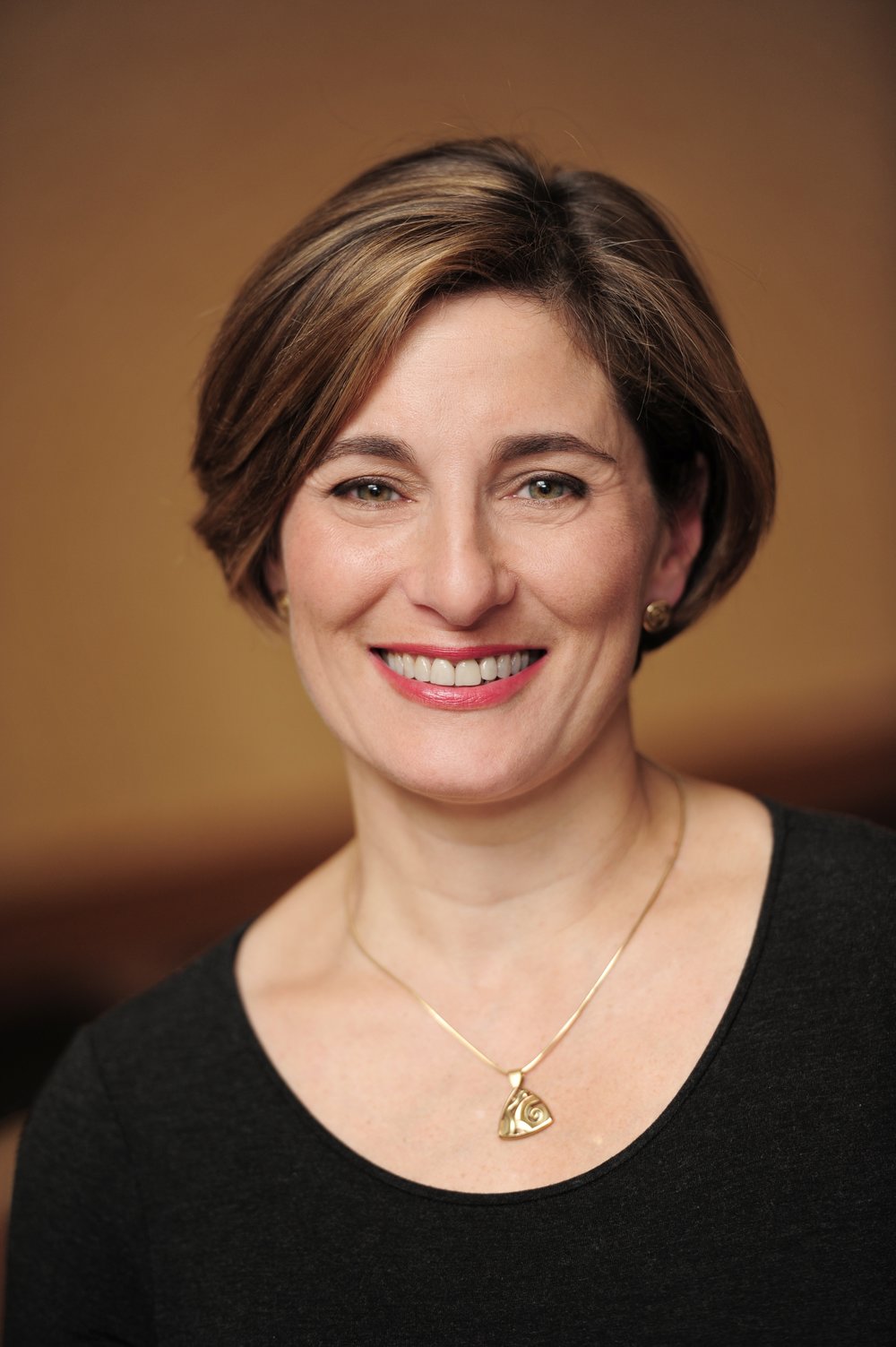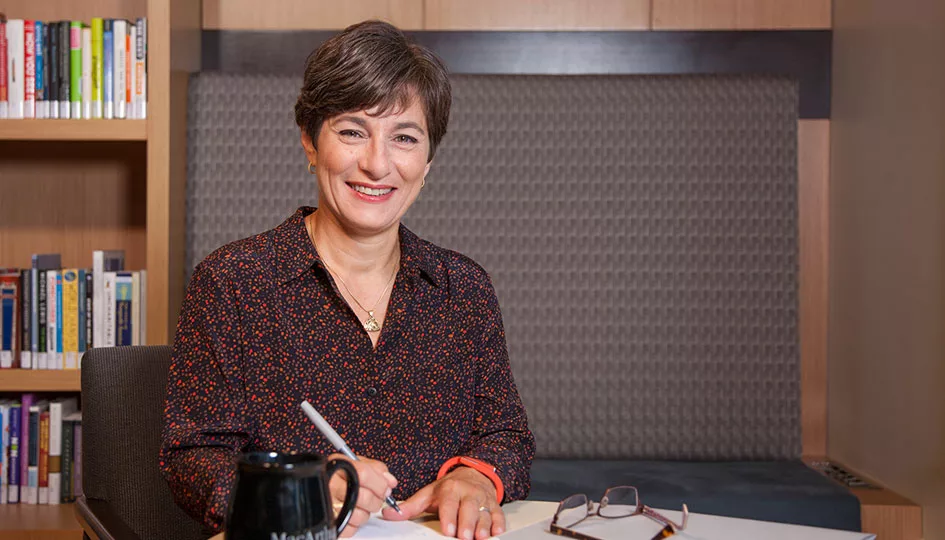The Good Capital Project convened for the first time on June 19th in New York City. This new SOCAP initiative brought together a cross-sector collection of experts, practitioners, industry leaders and other stakeholders to drive greater collaboration and accelerate capital flows into purpose-driven investments. In the months leading up to that event we interviewed key pioneers and leaders in the impact space about the state of the field. This month we spoke with Debra Schwartz of the MacArthur Foundation, which has dedicated $500 million of its assets to impact investing.
Debra Schwartz is the managing director of impact investments and serves on the executive leadership team at MacArthur. A former investment banker, Schwartz also leads the creation of new impact investment products and platforms that foster easier, more efficient, and more productive connections among multiple impact investors and social-sector organizations. She has also served on the United States Treasury Department Community Development Advisory Board and the founding board for the Mission Investors Exchange.

Why is collaboration important in the impact investing industry?
As we look back at our 30 years of impact investing, it is clear that collaboration is often the way to reach scale and bring together multifaceted resources in powerful ways.
At MacArthur, our core impact investing focus is blended finance – stacking layers of capital from different parties, each with different levels of risk tolerance and return requirements. It is not easy to do, but the magnificent thing is that it allows for the creation of something that would otherwise be impossible, providing capital on terms that are truly workable for high-impact enterprises and intermediaries.
Affordable housing, a significant area of focus for us over the last 15 years, is a great example. A decade ago, we pioneered a new approach to bringing people into the world of Low Income Housing Tax Credit investing, teaming up with Mass Mutual and a group of banks to marshal more than $400 million for preservation projects that were languishing. The New York City Housing Acquisition Fund is another terrific collaboration, bringing together capital from seven foundations, the city of New York, and a consortium of banks to support developments that the investors could not have supported on their own.
Here in our hometown of Chicago, many of our transactions have helped spark and anchor multi-investor collaborations, always with an eye to bridging tough capital gaps. The most groundbreaking is Benefit Chicago, a $100 million endeavor that we launched last year in collaboration with the Chicago Community Trust and the Calvert Foundation. What makes Benefit Chicago different is our commitment to providing on-ramps for individuals, families and institutions of all kinds that share our interest in strengthening Chicago’s communities and expanding opportunity for people with the greatest need.
What do you see as the three biggest challenges facing the space now?
The first challenge I would note is awareness. Impact investing, despite its recent growth, is still a bit of an echo chamber. Many mainstream investors have yet to hear about it or have only heard about it in passing.
The second is that we must continue developing easier on-ramps for investors through familiar products and channels. Assets cannot be so customized that it requires massive effort and expertise for the investor to participate. And this takes us back to collaboration because the way we solve this problem is through pairing those of us who can do the bespoke customized investing that is needed by the social sector with more conventional mutual funds and other kinds of products. So, I think there is a big product innovation challenge in order to provide those on-ramps.
The third and perhaps greatest challenge is ensuring deep impact from our investments—focusing capital on the really difficult problems that people, communities and the environment are facing. As investors become more excited and interested in impact investing and people seek to provide products that are economic, profitable and efficient, we will see the majority of dollars flowing to investments in public debt, equity funds and large-scale private equity that promise commercial returns. While screened and ESG funds are all good, we know many significant social and environmental problems do not lend themselves to a commercial or conventional investment solution. Often, due to their mission, a deeply impact-driven enterprise needs capital that is prepared to tolerate greater risk or uncertainty. The abiding challenge is to ensure that a good share of the impact investment market delivers suitable capital for enterprises at work on the world’s toughest problems. Will that hold up? Or, will the market gravitate to the things that are nice and easy, versus taking on the things that are really important but hard to do? In other words, will we see the financial imperative take over in a way that limits the potential of impact investing to accomplish truly great things?
What are the three biggest opportunities?
Rising interest in impact investing is a big opportunity, so long as we can harness it in a way that makes the market inclusive and allows for investing that is unconventional and not purely commercial.
The second big opportunity is for innovation in the intermediation space, with new marketplace platforms providing those important investor on-ramps that I mentioned earlier. It’s also encouraging to see alternative structures springing up, like holding companies that are addressing the critical need for patient capital. These are nascent, but we are seeing more and more of them every day.
The third big opportunity I see is growing engagement among foundations. We are not now, nor will we ever be, the majority of the capital in the impact investing arena. But foundations have a unique potential to advance the market. Because we own our assets, we can take risks that other institutions might not. We can absorb the extra transaction costs of doing something creative or bespoke. And we have “impact fidelity” in our DNA. We can help keep transactions oriented to that north star of impact.
What would you most like to see come out of The Good Capital Project?
I can respond from the perspective of a funder that deploys grants for market development. There are not many of us, and so it is important that we forge connections and build collaborations with other organizations working on similar issues. We’ve funded a landscape study that mapped all the educational opportunities around impact investing, as well as a scan of all impact investing academic research around the world. Currently, we are funding two initiatives that aim to capture and foster collaboration around the different approaches to impact measurement and management. My hope would be that the Good Capital Project can find new areas where convening, collaboration, and co-design can be valuable.
What I hope it will not do is duplicate efforts. The GIIN, US-SIF, Mission Investors Exchange,Toniic and others are engaged in important work around market building and development. For example, there is already a robust working group on the use of holding companies. Similarly, the Impact Terms Project is an effort that several foundations and family offices have supported to document and capture alternative financing models that are particularly useful to early-stage social entrepreneurs. This is something to build on, not re-create.
Is there anything you are working on that you are particularly proud or excited about?
I believe that innovative investment products and intermediary models are both a pressing need and an exciting opportunity. We are beginning to engage with other foundations and leaders in the impact investment arena to explore ways we might come together to collaboratively foster and accelerate the development of these intermediaries and products. Our goal is to find and fund those with the greatest promise to draw in substantial new sources of capital, unleashing bigger and better flows of capital throughout the social sector.


